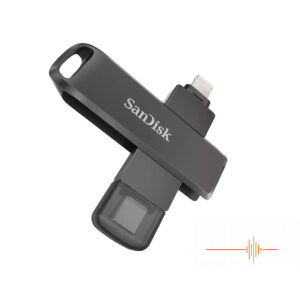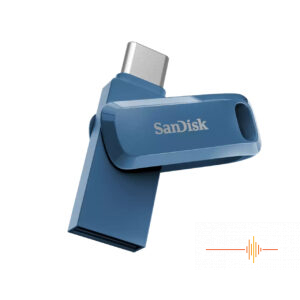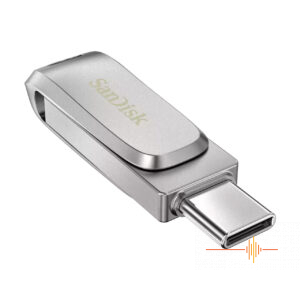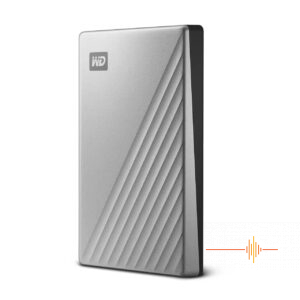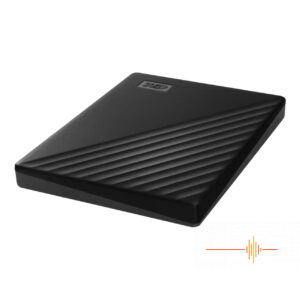Today is World Backup Day! Last year I wrote a long editorial about backups and real life disasters, all of which remains relevant to today. This year let’s focus on what is closer to hand.
Our phones is our lives, it is unavoidable with the amount of information we store on it. I have plenty of photos on my phone, because the best camera is the one that I have always with me rather than my DSLR.
When was the last time you worried about losing your phone and all your precious memories? You can lose your phone, drown it in a pool accident, stolen or simple bad luck with failure.
I refer back to my true story #2 last year, the mobile device management fail. My friend lost years of precious photos of his son because there was no backups ever made of his phone.
We do take for granted what happens behind the scene, because it just happens right? Out of sight, out of mind.
The photos on my phone are sync into Google automatically, every time my phone is connected to WiFi. This is also the case with my partner with whom I have a shared account access for this purpose. From there I have my own process to push everything into cold storage for the last resort recovery.
However not everyone has a need for a nuclear option, what are some of the options available out there for your average mobile user?
Cloud Solutions
Both the main mobile operating system have their respective cloud backup solutions.
Apple has iCloud backup, as does Google Photos. Both have a subscription fee for extra storage that will handle all your backup storage needs.
Cloud base subscriptions whilst are handy, are dependent on having a valid subscription that has sufficient storage. It also means your data is in the cloud which is outside of your direct control. Whilst this suffices for some users, it may not be the preference for others.
On-going cloud storage means an on-going fee. It also means the potential for information to be stolen or deleted, admittedly this risk is present regardless.
Local Solutions
There are a number of mobile specific devices that does not require fiddling around with backup schedules, or connecting your phone to a computer and then babysitting the process.
Sandisk has a range of USB devices that can help for either the iPhone or Android variants. These being:
- SanDisk iXpand Flash Drive Luxe for Lightning and Type-C devices
- SanDisk Ultra Dual Drive Go
- SanDisk Ultra Dual Drive Luxe for Type-C and Type-A devices.
All of these devices are multi-port optioned. This means they are designed to connect to your phone, and then to your computer, all in the same unit without the need for additional cables or adapters.
The beauty of OTG (or On-the-Go) devices are they are compact and portable, you can carry with you everywhere. Once it is configured, it can automatically back up your photos (and other data where applicable) onto the device.
When you get back to your home base, you can easily transfer your data onto another storage medium by plugging it into your computer or NAS.
Primary Considerations
It is important to choose the relevant storage solution for your specific needs.
Storage capacity is always a challenge, particularly if you are backing up a large number of files.
Secondly, avoid single points of failure.
In the scenario of backing up a mobile device, a small portable OTG device is ideal … and also just as easy to lose. It suffices to create a short term back up copy, particularly convenient when away from your computer. It also pays to remember, this device may not be encrypted, unlike your mobile which (generally) forces you to have some sort of password.
All storage mediums are susceptible to failure, therefore having additional copies is essential for long term protection of important data.
Secondary Considerations
Data protection is more than just having a copy of the your data stored elsewhere. Encryption of data at rest storage is important.
Western Digital have storage devices such as the My Passport or My Passport Ultra that have onboard encryption that ensures all data is password protected.
Generally these devices works by having a small unencrypted partition for the decryption software. The bulk of the storage space is unavailable for use until the right password has been entered.
It does make accessing your files just one step more inconvenient, but what price is data protection?
Process
Backup of data requires a change in behaviour.
Software, such as WD Discovery, will help with the procedure, such as setting up an automatic backup schedule and ensuring a regular backup of important files and data. However that is of little value if the backup target is never plugged in, or if it has ran out of storage capacity.
No automated system is fool proof, and a change in behaviour means that you need to regularly check that backup is completing successfully.
In a similar vein, losing your backup device (or even just the password to it) will make your backup useless.
Conclusion
There are many many ways to backup your data, from cloud to local storage. Western Digital and Sandisk having many offerings, so do other vendors.
It is important to always consider the importance of your data to you. A year on, the editorial I wrote for last year’s World Backup Day is still relevant and contain important information.
As I concluded last year after giving six true horror stories – it may be worth investing in multiple strategies. Don’t wait til it is too late before acting.



